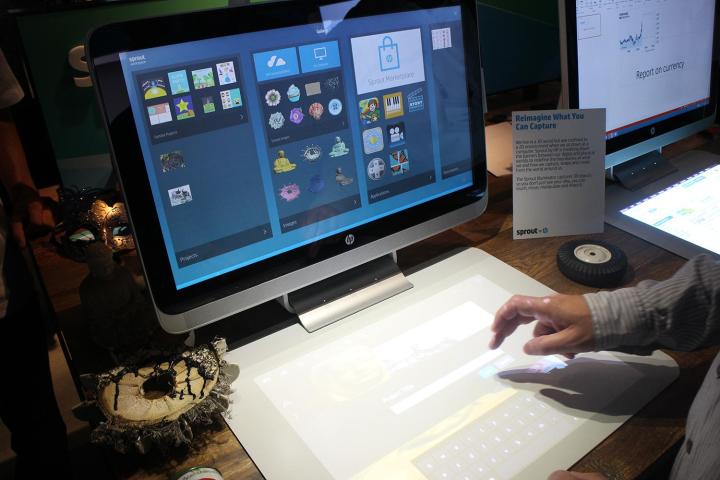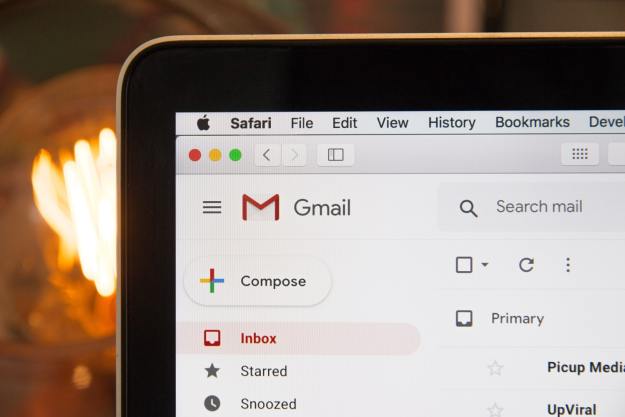
Digital Trends: Can you explain the significance of the Sprout being available through the commercial channel?
Ann Avery: When we initially launched Sprout it was targeted at the consumer customer segment. But the demand from commercial customers was pretty significant. Because of the requests we’ve had from customers, we’ve accelerated the introduction of Sprout for business customers. It’ll be available through not only HP’s commercial website but also channel partners.
Digital Trends: What kinds of businesses have shown the most interest?
Ann Avery: One of the most exciting things about Sprout is we have an opportunity to define this category. The customers that are most interested today, and we don’t believe this to be an end-all list of what they’ll ultimately be, is the education segment, customers who are in design, and companies interested in enhanced collaboration across workgroups. And that’s where we’re seeing our first order of Sprout – it’s a customer looking to drive enhanced collaboration between groups across the country.
Digital Trends: What’s a good example of the kind of educational opportunities Sprout provides?
Brian Allen: We’re seeing it in multiple scenarios. We’re seeing customized learning in classrooms, as well as remote tutorials, where a student can be on one end and a professor or teacher can be on the other. Also, growing interest in the special needs side, just because there’s so much intuitiveness in touch and using the Sprout’s mat. There’s growing interest in traditional STEM applications, science and math, but also art is becoming interested as well.
Education is probably the segment we’re most interested in, because there’s so many places, be it a class room, or lab, or special learning area, where Sprout can be useful. And it’s useful across multiple fields of education, from engineering to art.
Education is the segment we’re most interested in, because there’s so many places where Sprout can be useful.
Digital Trends: What specifically about the Sprout makes it so promising for education?
Brian Allen: I think what makes it optimal is integration. Before you’d have to get five or six different pieces and have them kind of duct-taped together. Now, there’s an integrated all-in-one with our revolutionary touch mat, and integrated projector, and HP’s workspace software.
I think the ease of being able to use the Sprout is really unique. In the past an educator could try and buy individual components and make it work, but it wasn’t easy to do.
Digital Trends: A radical new technology like Sprout can have trouble working an organization’s existing infrastructure. How is HP overcoming that problem?
Brian Allen: Well, it’s easy because it’s based on Windows 8.1 standard edition. We start with the same core operating system. At its basic level, it’s an all-in-one desktop. Then we add intuitive enhancements, and we offer our HP Workspace software to wrap it all together. But at its core, it’s Windows, so existing software should integrate well.
Digital Trends: Do you have any software partners tailoring features for the Sprout?
Brian Allen: We do have partners on the consumer side for things like Skype, SnapFish, Evernote, Dreamworks, CyberLink. We’re also working with specialized software partners on the commercial side. You’ll see announcements of those over the next few months, but they’re not ready for announcement yet.
Digital Trends: Is Microsoft’s HoloLens a competitor to the Sprout, or something that could be complimentary?
Brian Allen: We don’t see it as a competitor, so much as a complimentary solution. So at CES 2015, we introduced the Zvr, a 3D graphics display for immersive computing. And you could have the Sprout for content creation, a HoloLens or Zvr for viewing, and a 3D printer for output. That’s how we see the workflow. We expect the Zvr to begin shipping in the late July to August timeframe.
—
The HP Sprout is available on the company’s consumer website at a base price of $1,899. Commercial orders will begin on May 25th.
Editors' Recommendations
- HP wants to make printers somehow even more frustrating
- Stuck in ELO hell? HP’s A.I. coach wants to help Omen owners become better gamers

